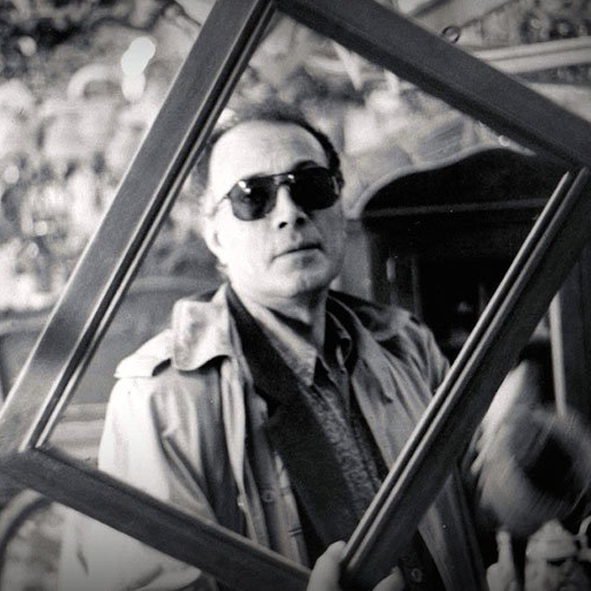
Cite this article

Abbas Kiarostami’s work has often been praised for displaying at once formal simplicity and sophisticated emotional registers. This simplicity can be seen at work both in Kiarostami’s acclaimed narrative work and in the lesser known documentary films that he has produced throughout his career, from Homework (1989) all the way to 24 Frames (2017). Precisely because of this formal austerity and his choice of mundane subject matters and restrained plot structures, Kiarostami’s narrative filmmaking has been variously described as having a documentary quality. Expanding on and moving beyond such a critical framework, this article reads Kiarostami’s work in light of the role played in his films by various ‘documentary objects’. These everyday presences – from the rolling can in Close-Up (1991) to the football in the short Take me Home (2016) – appear in the director’s narrative and documentary work alike, but do perform radically different roles depending on their placement. The argument developed here is therefore twofold: on the one hand in Kiarostami’s narrative work, ‘documentary objects’ pull the films towards the factual mode, connecting with the idea of cinema as expressing our sheer wonder for the world’s existence (in spite of narrative and formal construction). On the other hand, the insistence on ‘documentary objects’ in films such as Five (2003) or Take me Home produce a leap beyond the factual register, connecting with the idea of cinema as a spiritual exercise, a form of re-enchantment and magic that transfigures the world of the everyday. The conclusion is that this apparent tension between two versions of cinema animates the entirety of Kiarostami’s work and is therefore crucial for any critical appraisal of the director’s cinematic corpus.


